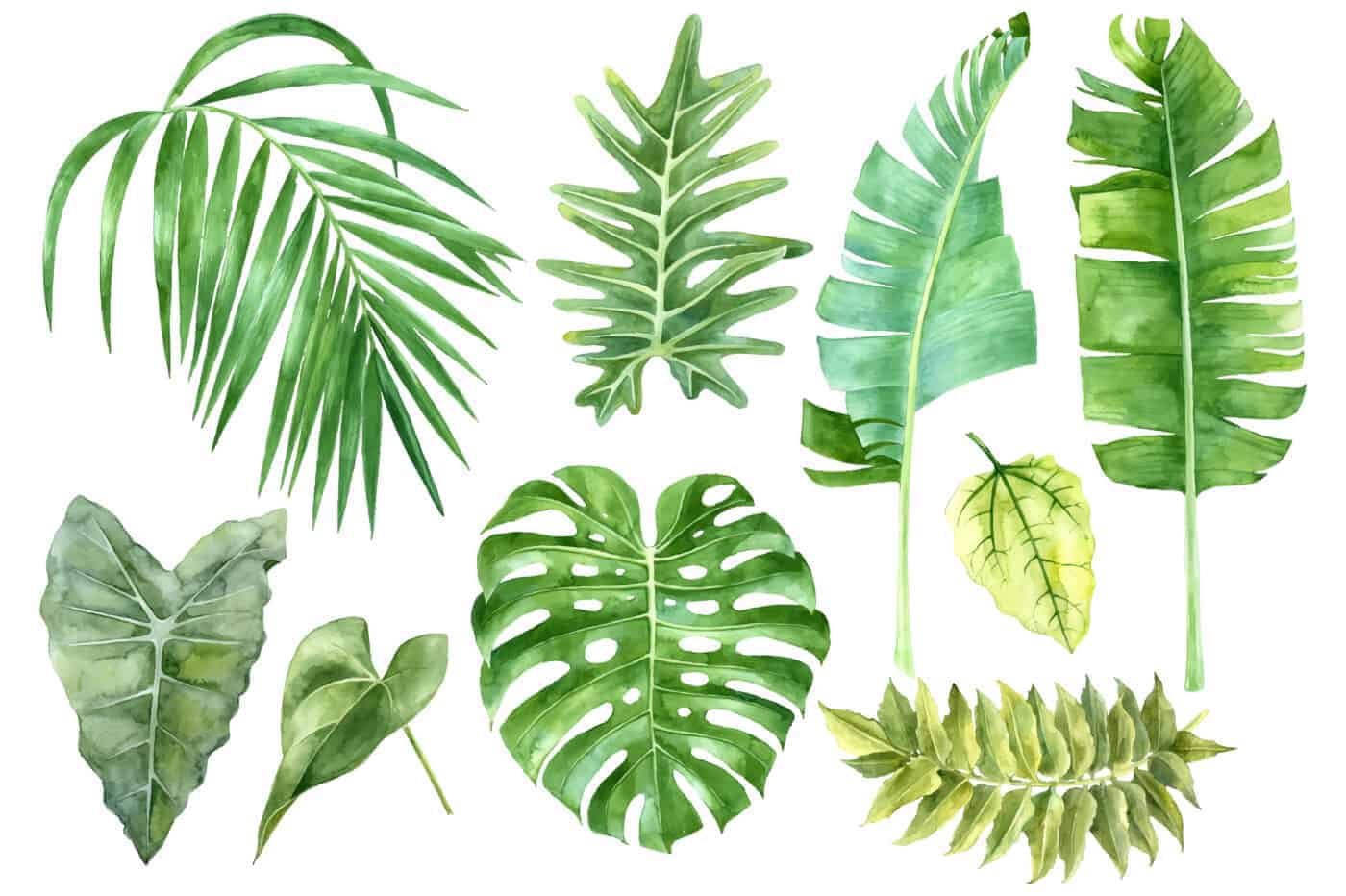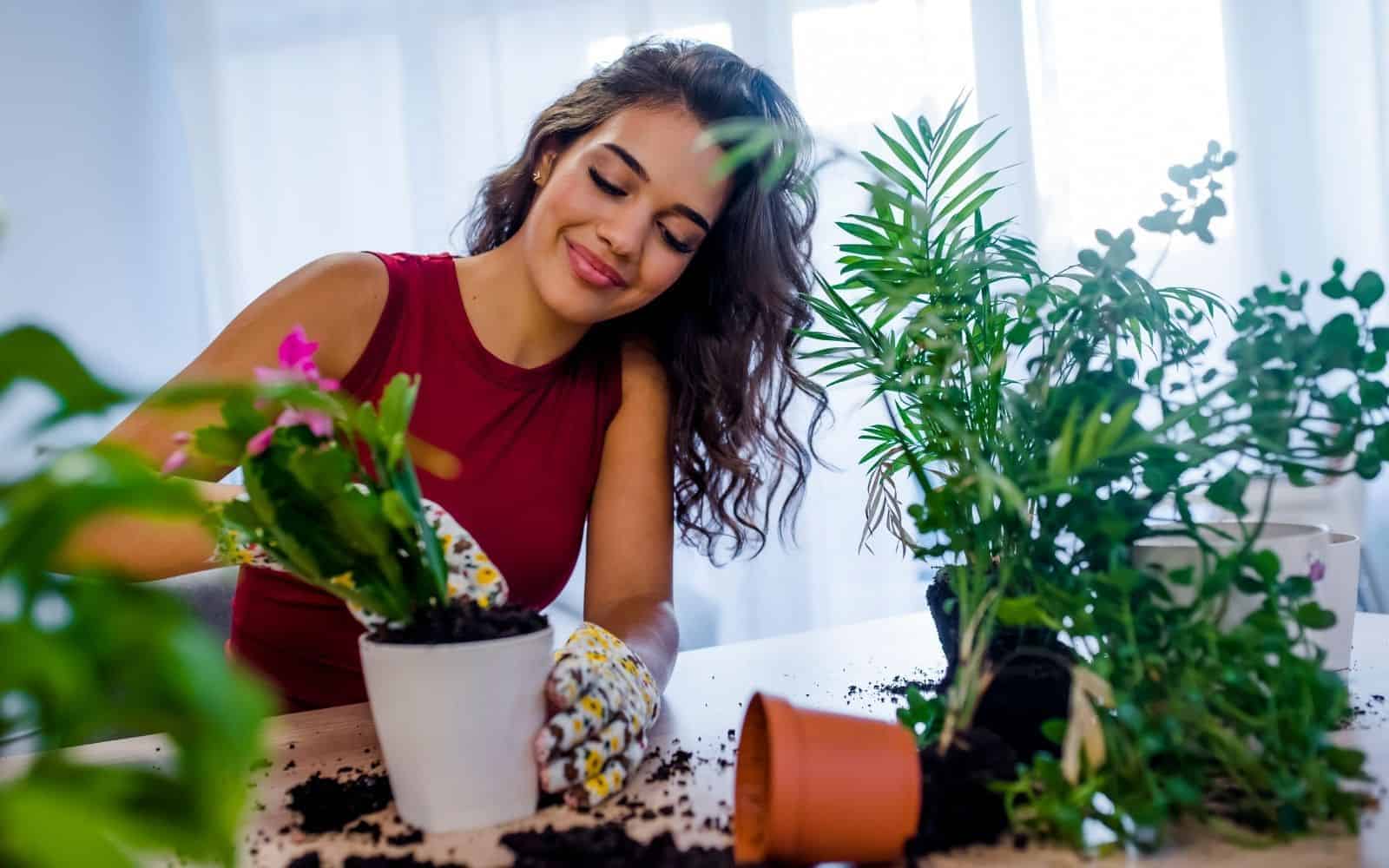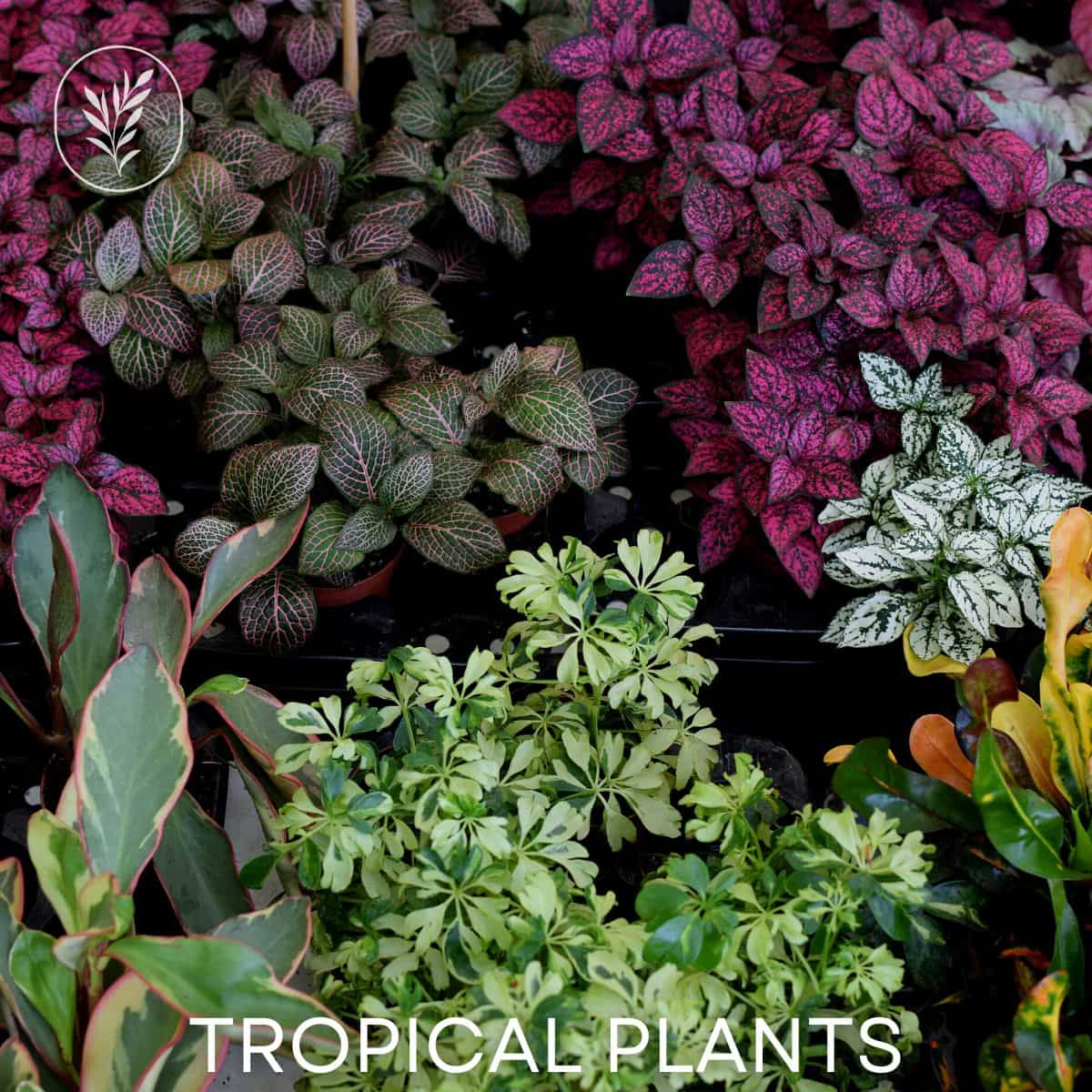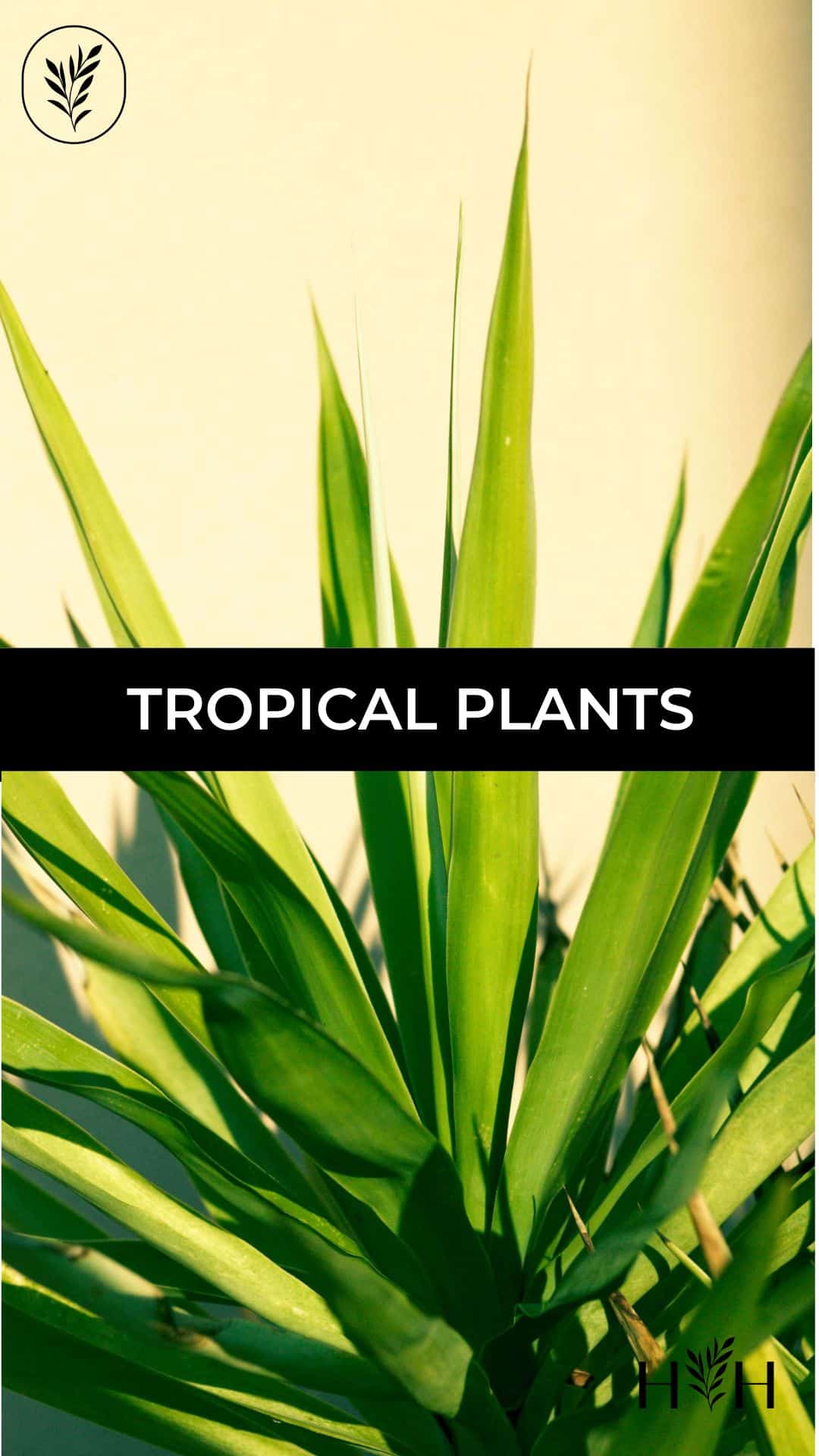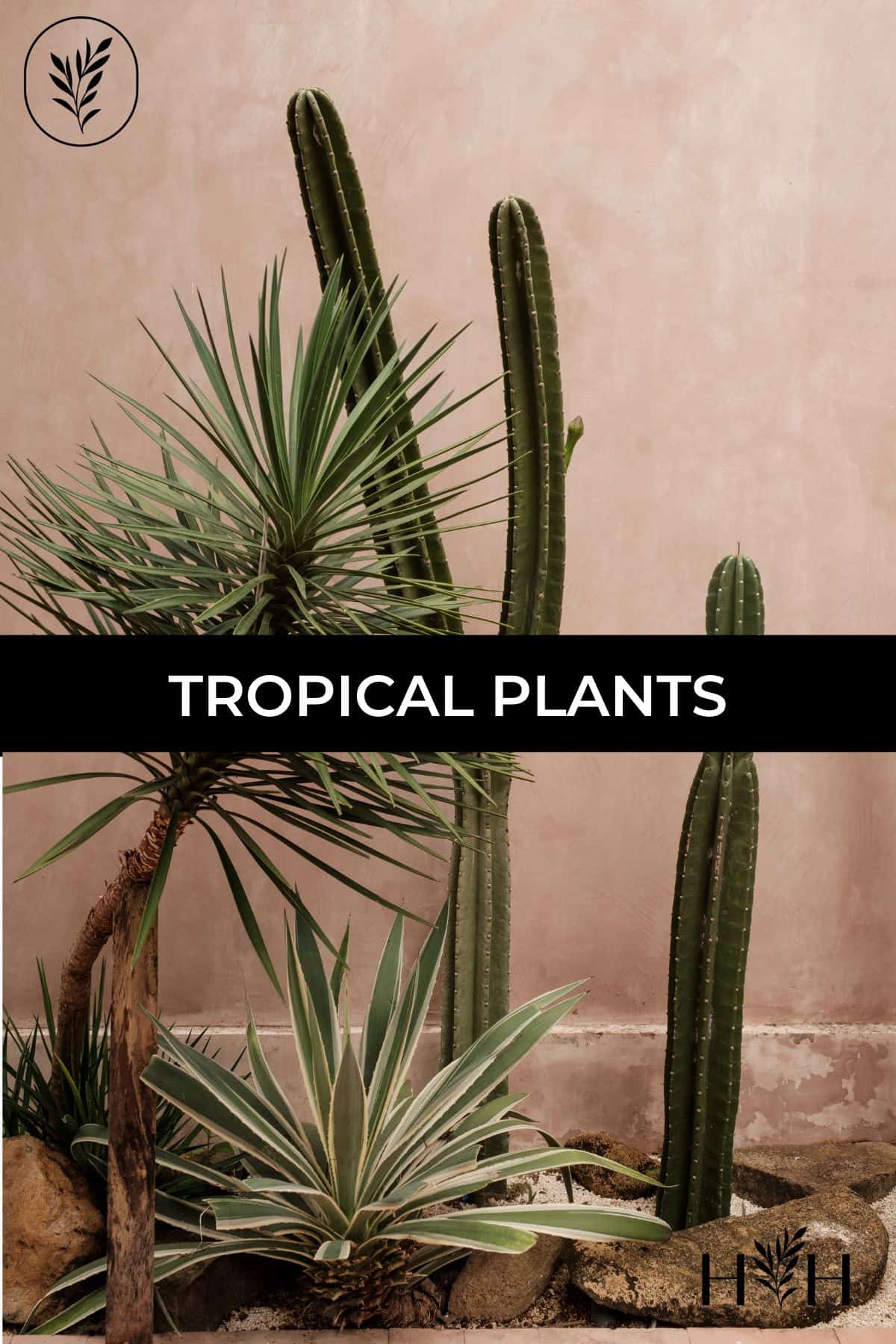No matter what part of the country you live in, tropical plants can be a wonderful addition to your house and can liven up a dreary winter. Most of these plants originated as low-growing plants growing under the canopies of really tall trees. This makes them suitable for living under a roof year-round. Tropical plants tend to love constant warm weather and should flourish in the temperature-regulated areas of your home. Here are some of the best (and easiest) tropical plants to grow!
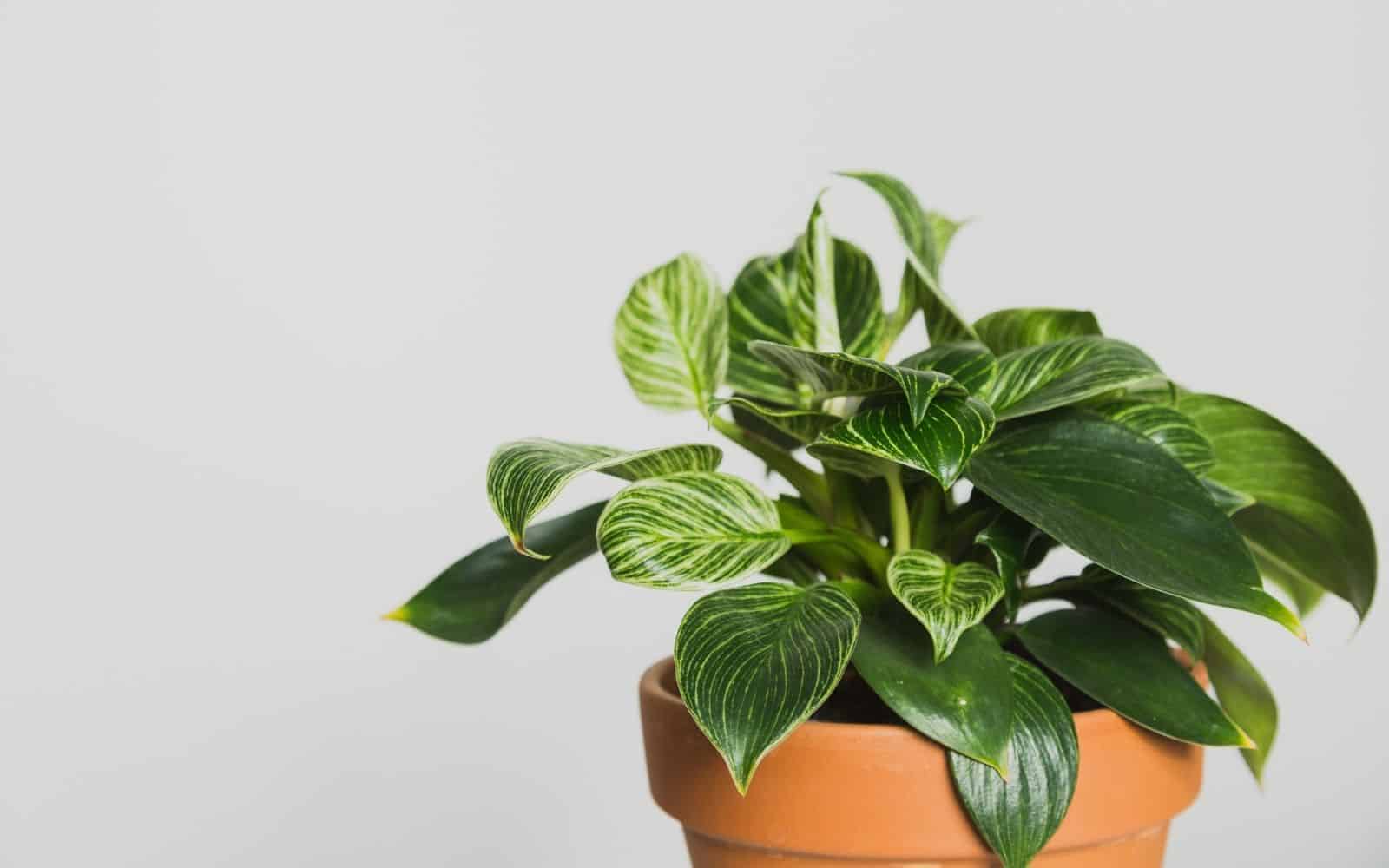
1. Philodendron
The first tropical plant on our list is the Philodendron. It is a very common type of house plant and is among the easiest of the easy when it comes to growing.
They tolerate neglect very well and can live with low amounts of light. If you care for them, they will flourish and be a great plant for your house. They can be a rather large plant as well, growing anywhere from 3 feet to 20 feet in height. They can also grow as wide as 6 feet.
This is perfect for people who want a large decorative plant. Make sure to give them ample space in the area where they are growing, and you will have a great-looking plant.
The most common types of philodendron are vining plants. Vining plants are plants that are weakly stemmed and get their support from climbing something or creeping along a surface. This makes sense as most philodendrons are from tropical areas where lots of trees are around to help them grow farther.
Most of these types of plants prefer curtain filtered sunlight or even indirect sunlight. You should water them frequently enough to keep their soil moist, but not soggy. Get well-draining soil and there should not be any problems with the roots rotting because of too much water.
These plants should be fertilized regularly with a time-release fertilizer or a dilute of water-soluble fertilizer. If you are concerned that your plant may be overcrowded, you have nothing to worry about. You should be able to repot them at any time. Use a regular all-purpose potting soil and they should thrive. There may be a little bit of leaf shock when you first repot. But that’s normal and they should recover quickly.
Check out the trending houseplant Philodendron Birkin.
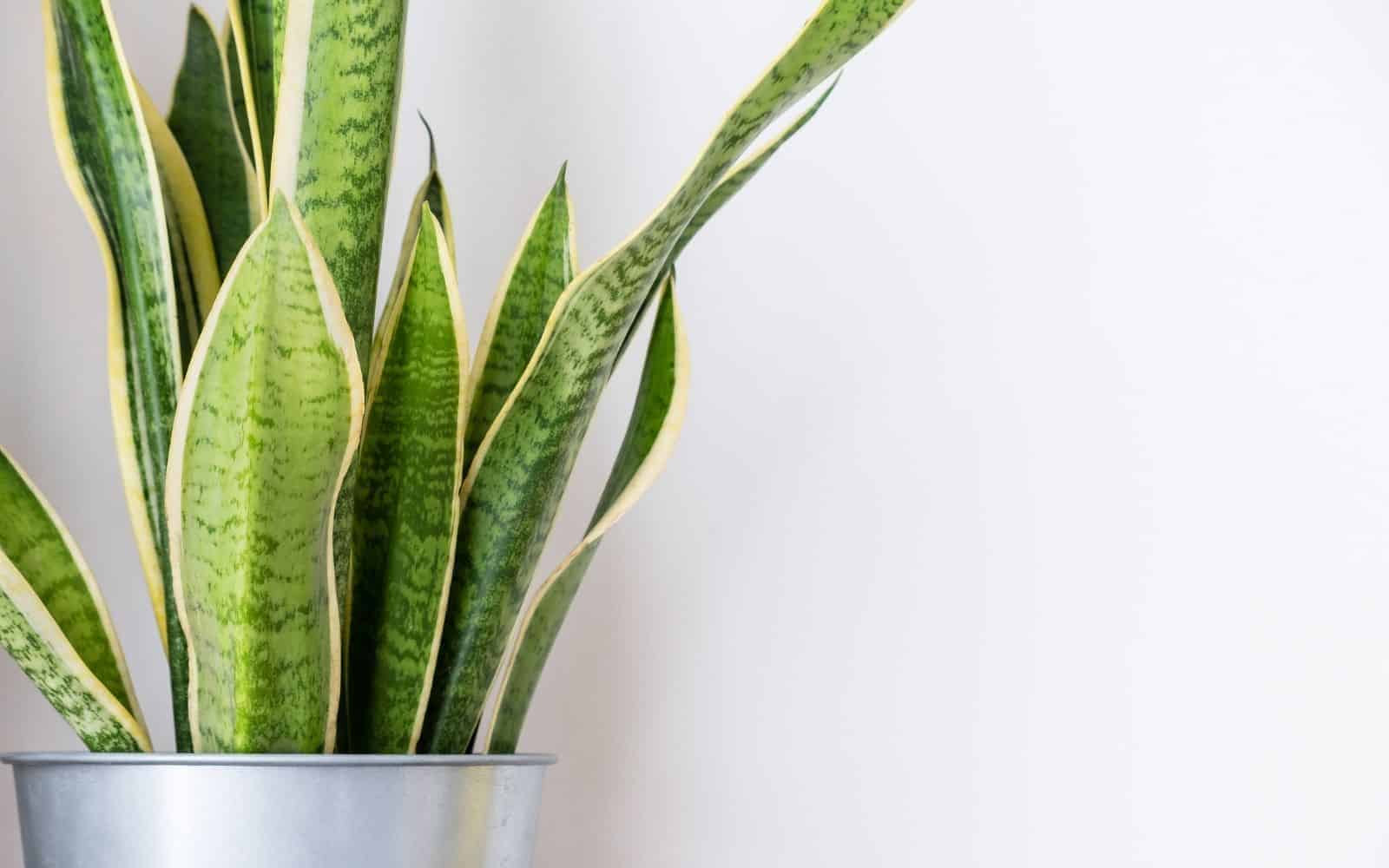
2. Snake plant
Do all your houseplants always seem to die one way or another? Well, if you are looking for a plant that just will not die, then the snake plant is the right choice for you. This plant is hardy. It will tolerate high levels of neglect and a wide range of temperatures.
However, it prefers a warm location with medium to bright indirect light. If there is less light, its markings and variations will be less pronounced. The snake plant is a stemless evergreen perennial. It has sword-shaped, sharply pointed leaves that are deep green with light green horizontal stripes.
This plant is technically a succulent plant. It does not require any excessive watering and should only need enough water to keep the soil from getting too dry. This is most important during the fall and winter when real growth slows down. During the spring and summer, it should be watered thoroughly then let dry slightly between waterings. It has leathery leaves that grow from small rosettes in the center of the plant. Make sure to not pour water into the rosette, because it can harm the plant by leading to mold and mildew.
Check out the Cylindrical Snake Plant for a unique houseplant.
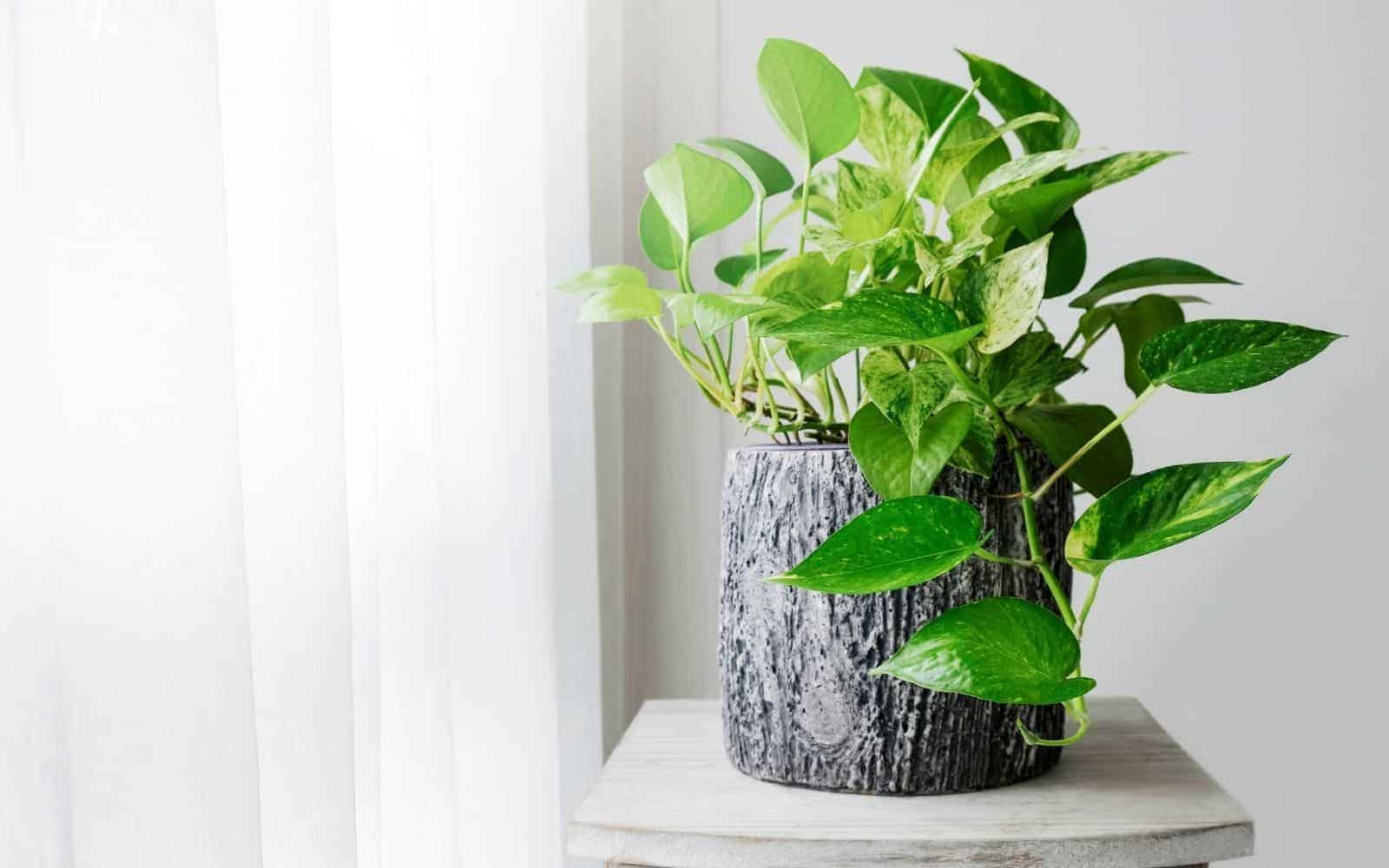
3. Pothos
Pothos plants are also very popular houseplants. In its native climate, it is used as ground cover and can cover entire trees.
Pothos is a plant that produces aerial roots that help them climb into the canopy. It needs filtered light and high humidity. It does not tolerate much direct sunlight. The soil that it is in should drain well, and it only needs to be watered when the soil surface feels dry. Here are some more growing tips for pothos.
Here are some beautiful Pothos varieties:
- Marble Queen pothos
- Golden pothos
- Neon pothos
- N’Joy pothos
- Pearls and Jade pothos
There are not many problems when it comes to the pothos. It can get some insects and develop root rot if you do not take care of it properly though. Overwatering is a common problem with pothos.
The most common insects and bugs that are associated with pothos are mealybugs and scales. Mealybugs are white cottony clumps. Scales look like bark-colored clumps on stems and leaves that are difficult to identify. If your pothos has a lot of these pests, it is probably best to throw your plant out and start over. It will probably be easier in the long run.
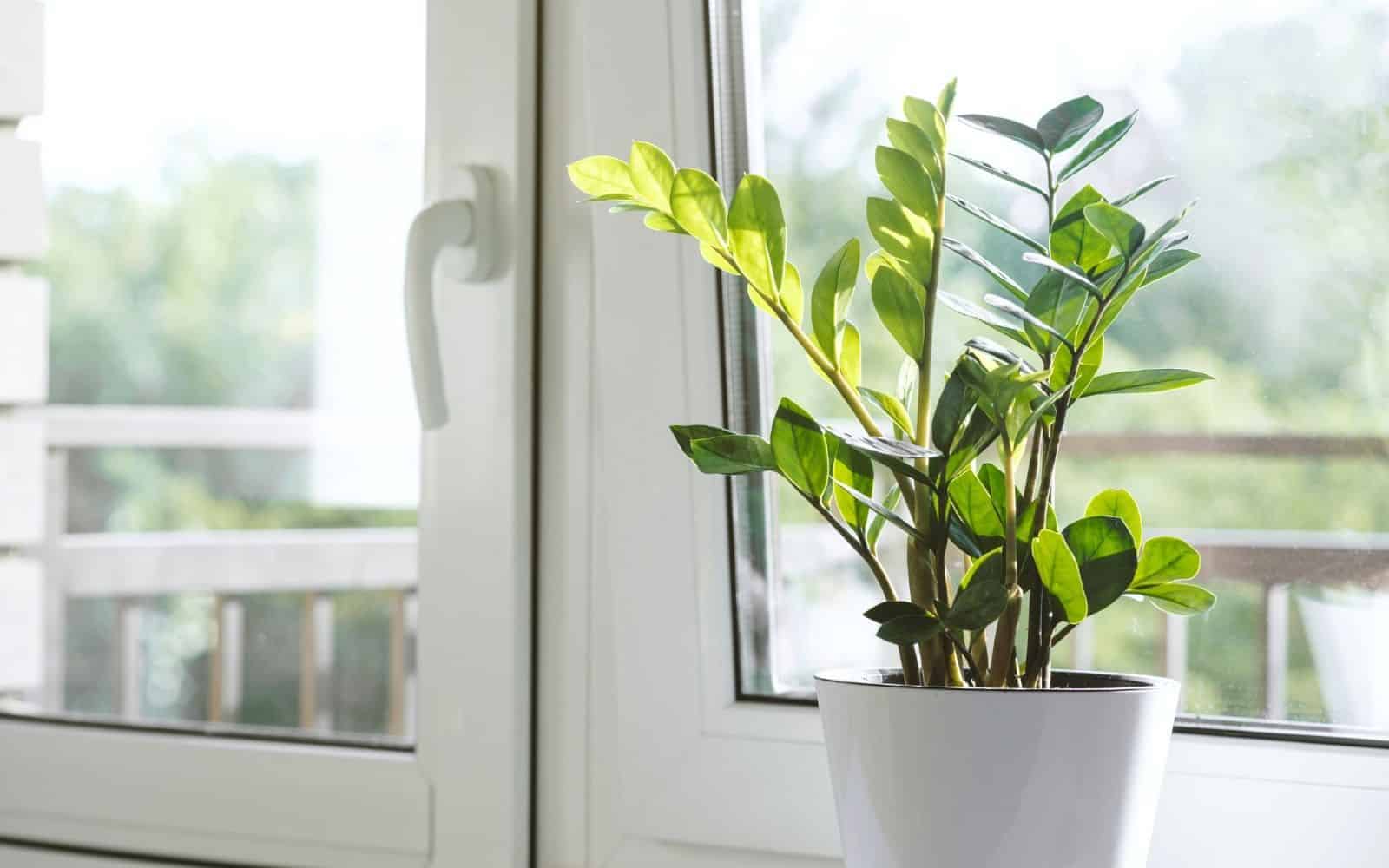
4. ZZ Plant
ZZ plants (Zamioculcas zamiifolia) are very tough house plant that are great if you are looking for something a bit different. It does well as a houseplant because it tolerates low levels of light, neglect, and dry periods.
It is good for indoors as well because it has very few insects that will try to infest it and even fewer diseases. It has shiny, dark green elliptic-shaped leaves on thick stalks. The ZZ plant can grow up to 3 feet tall and has a spread of 4 to 5 feet.
This plant performs best in bright, indirect sunlight. Any direct sunlight has the potential to damage the plants’ leaves. Be sure to not water all that much. They prefer to be kept in a semi-dry state. If watered too much, the ZZ plant can get mildew and root rot. To prevent this, make sure to get soil that drains well. You should fertilize regularly with a quality organic fertilizer.
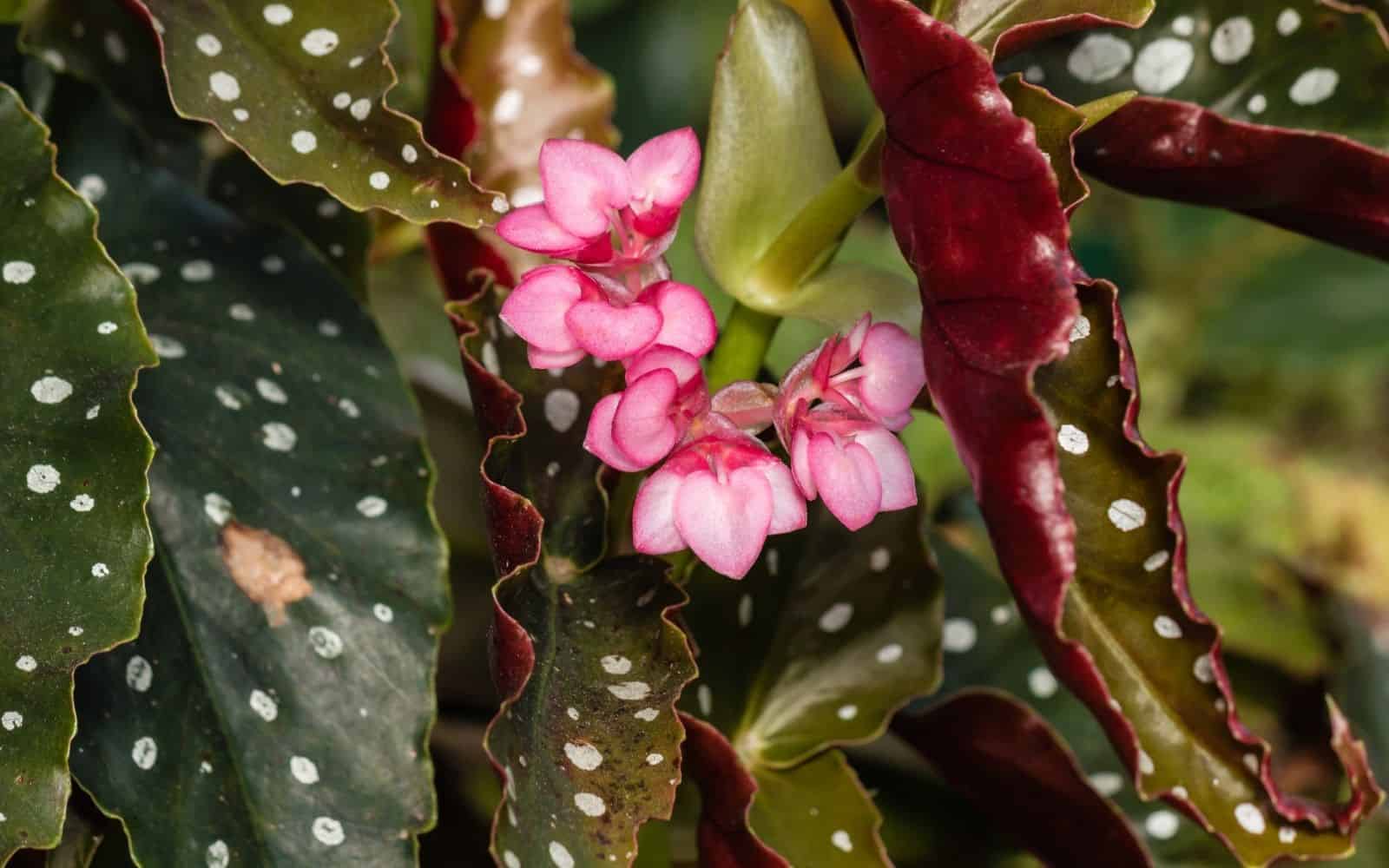
5. Begonia
Begonias are beautiful plants that have an almost constant display of colors throughout their growing season. They can grow between 8 inches and 2 feet tall. There are many different varieties and cultivars. You should be able to find a type that fits your house and style. They are commonly grown in window boxes and hanging baskets. They have great foliage and beautiful flowers.
You should grow begonias in partial shade with moist, well-draining soil. They need bright light to flower well. If the light is too intense, it will burn the leaves. You have to find that happy medium when growing these plants.
There are a couple of diseases that are associated with begonias. These are Botrytis blight and stem rot powdery mildew. There are also some major pests that begonias get, including early bugs, spider mites, thrips, scales, snails, and bugs. A lot of these can be treated, but begonias are sensitive to insecticidal soaps and when treating for these pests, you may accidentally kill your begonias.
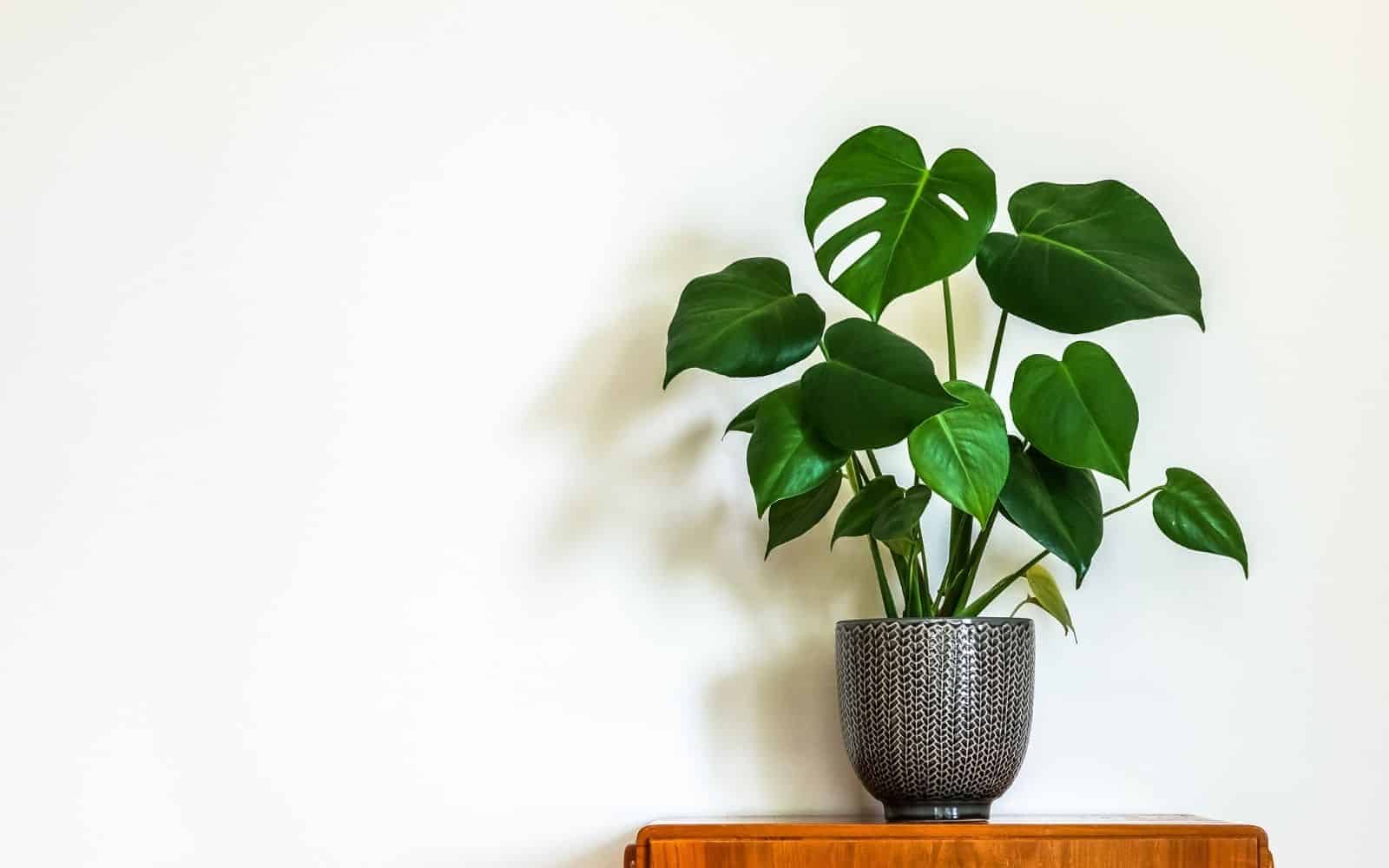
6. Monstera
The Monstera is a great foliage houseplant. It has a bunch of other names such as the Swiss cheese plant, the Split-leaf philodendron, or the windowleaf. It is native to the rainforest of Central America. I
t was introduced for cultivation in England in 1752. People may call it a philodendron, but it is not of the same genus as the philodendron talked about earlier in this article. It was once a part of the same genus but has since been removed and put into its own genus.
The monstera has glossy, heart-shaped leathery leaves. The leaves can also sometimes be round. The leaves can grow as large as 18 inches on foot-long leafstalks. In nature, these guys are trailing or climbing vines. They grow high in the rainforest and can grow 70 feet in length and do not usually branch off. The monstera can flower, but these blooms are rarely seen in houseplants. They are 8-12 inches long and are creamy-white.
This is one of the only house plant-type plants that produce fruit as well. It makes a 9-inch long cone that kind of looks like a green sprig of corn. You are very unlikely to get fruit from a plant inside your house. They are more commonly found out in the wild.
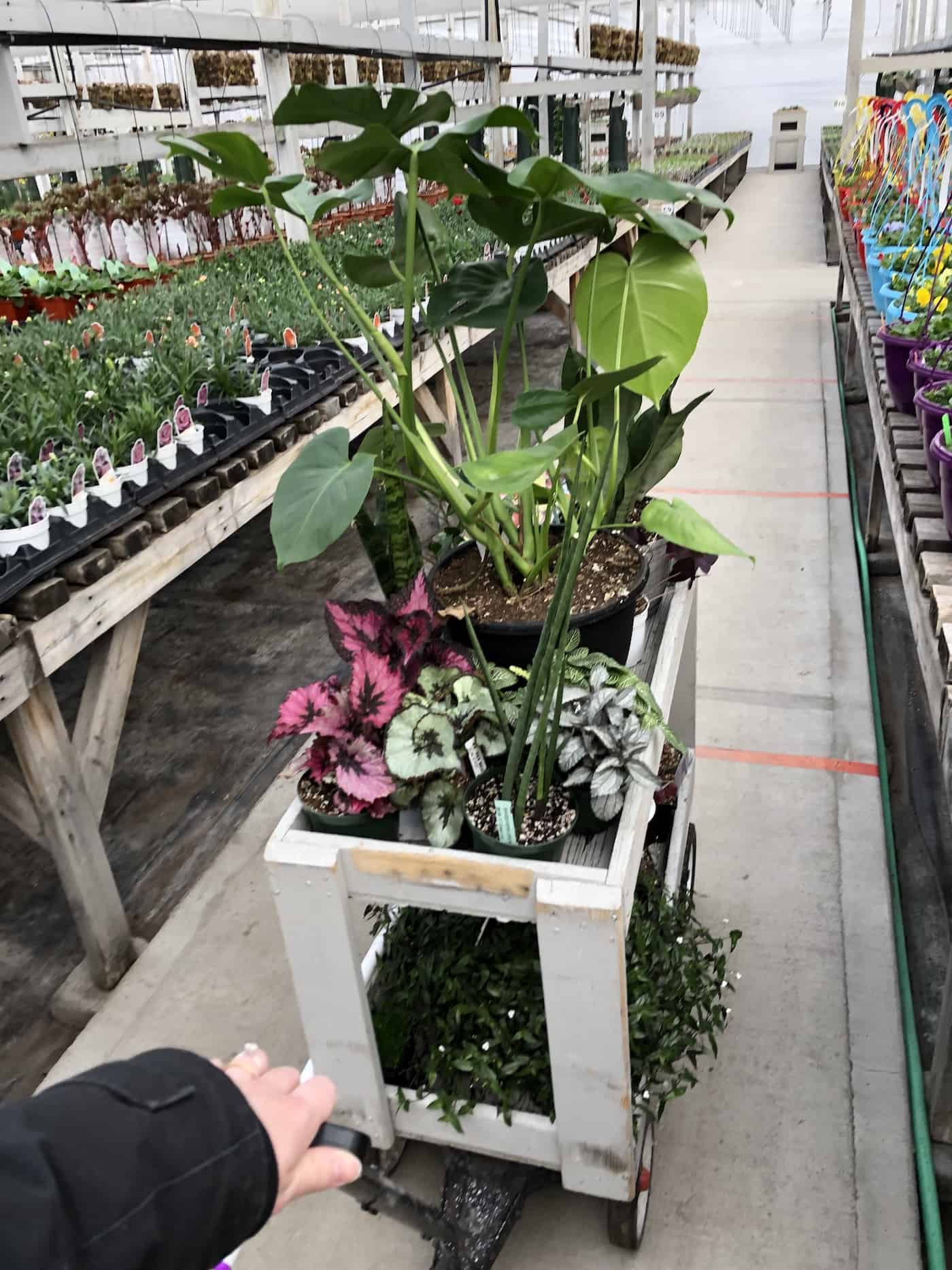

7. Gardenia
Gardenias are a popular plant that has been growing in the southern United States since the 18th century. It has also been grown by the Chinese for over a thousand years. They take their name from Alexander Garden, a naturalist from Scotland. They are not the easiest plant to grow, but their beautiful white, fragrant flowers make up for the excess attention that is necessary for them to grow.
The Gardenia is an evergreen shrub that grows to a height of 3 to 8 feet. The spread is about the same size as the height. They have dark-green leaves that grow 2-4 inches long. The flowers are usually 2-4 inches in diameter and are waxy, white, and super fragrant.
The best time to plant gardenias is in the fall. They need to be in partial to light shade. Gardenias do best with morning sun and afternoon shade. If you mess with their roots, they will get very irritated and try to die on you. Try not to mess with their roots and everything should be okay. They enjoy acidic (a PH of less than 6), moist, well-drained soil. Compost and organic material are good for them. You should add all of this to the soil before you plant them.
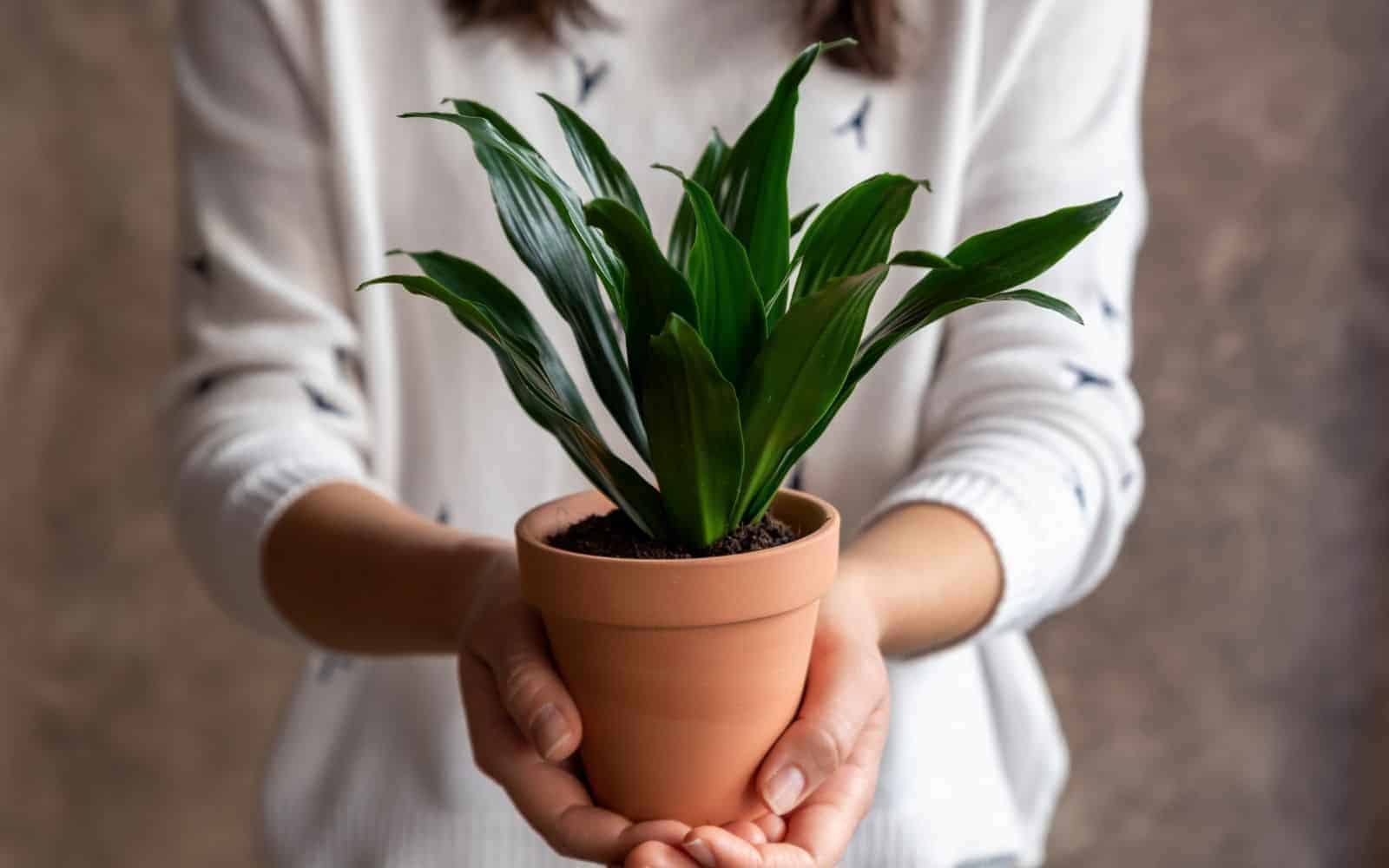
8. Dracaena
Dracaena are great, carefree houseplants that look great in any circumstances. They have a great rugged, tropical appearance and are widely used in offices and homes. They can grow rather large if you let them but can be trimmed back to a shorter height if that is what you want. They can grow from 2 feet all the way to 10 feet long. They have star-shaped foliage that can be striped, depending on the variety that you get.
There are not many problems when it comes to these guys. The main problem that you will find is root rot and sometimes you can get mites and insects. To mitigate root rot, you just need to water less frequently and get soil that drains well. If you keep the place humid, it should help out the plant a lot.
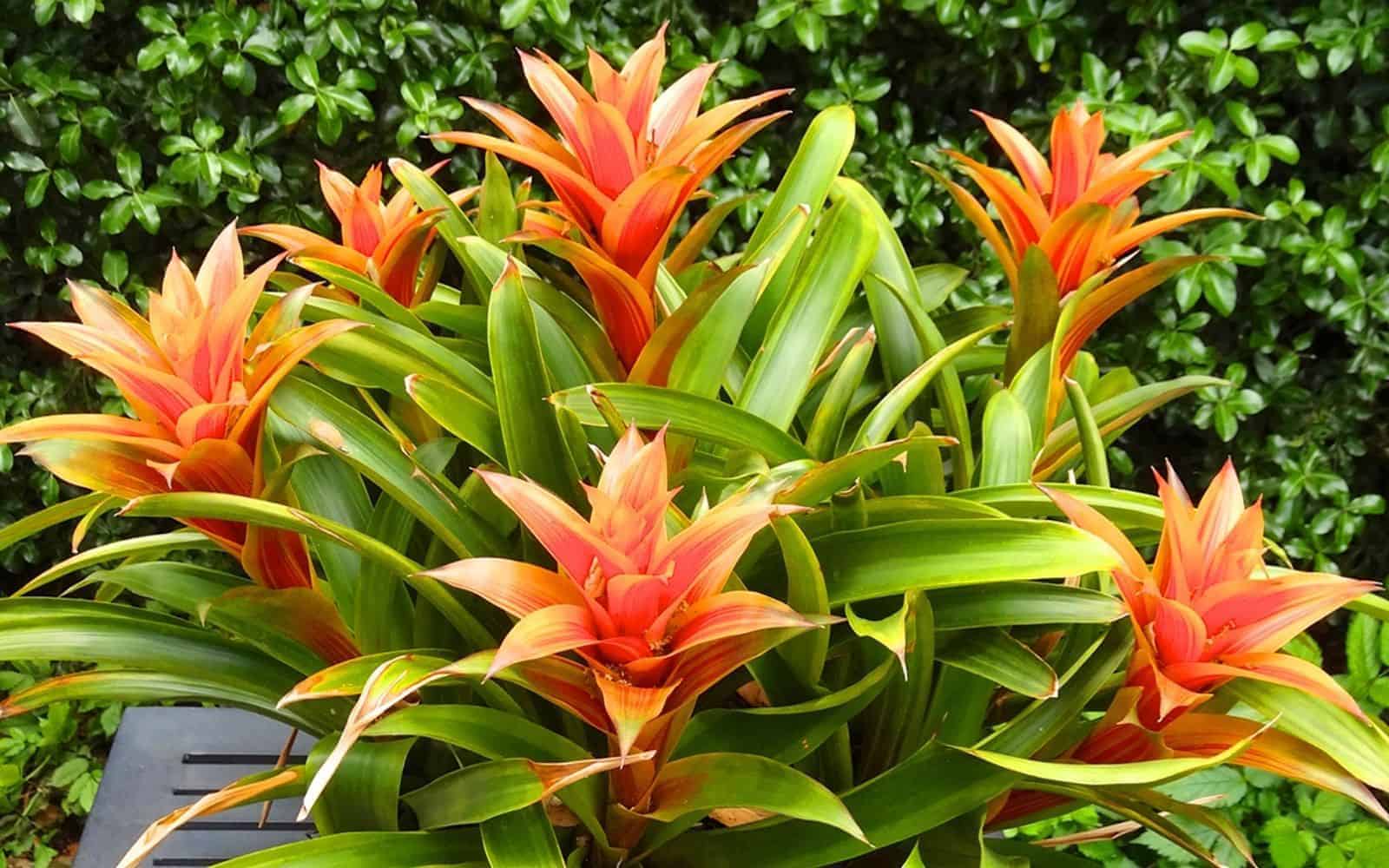
9. Bromeliad
Bromeliads are a diverse group of plants that can grow indoors or even in the greenhouse. Some plants that belong to the bromeliad family are pineapples and Spanish moss.
These plants can grow anywhere from an inch to 2 to 3 feet tall. They are long-lived, slow-growing houseplants. After flowering, the main plant dies. You can replant the babies that grow around it to make new full-grown plants.
These plants have some great foliage. The leaves can be fine and wiry, or even broad and leathery. It just depends on what variety of bromeliad you get. Most bromeliads need soil for growth, but other types can cling to rocks, trees, and other plants to survive. They are not parasitic, so do not worry about your other plants dying because of this plant.
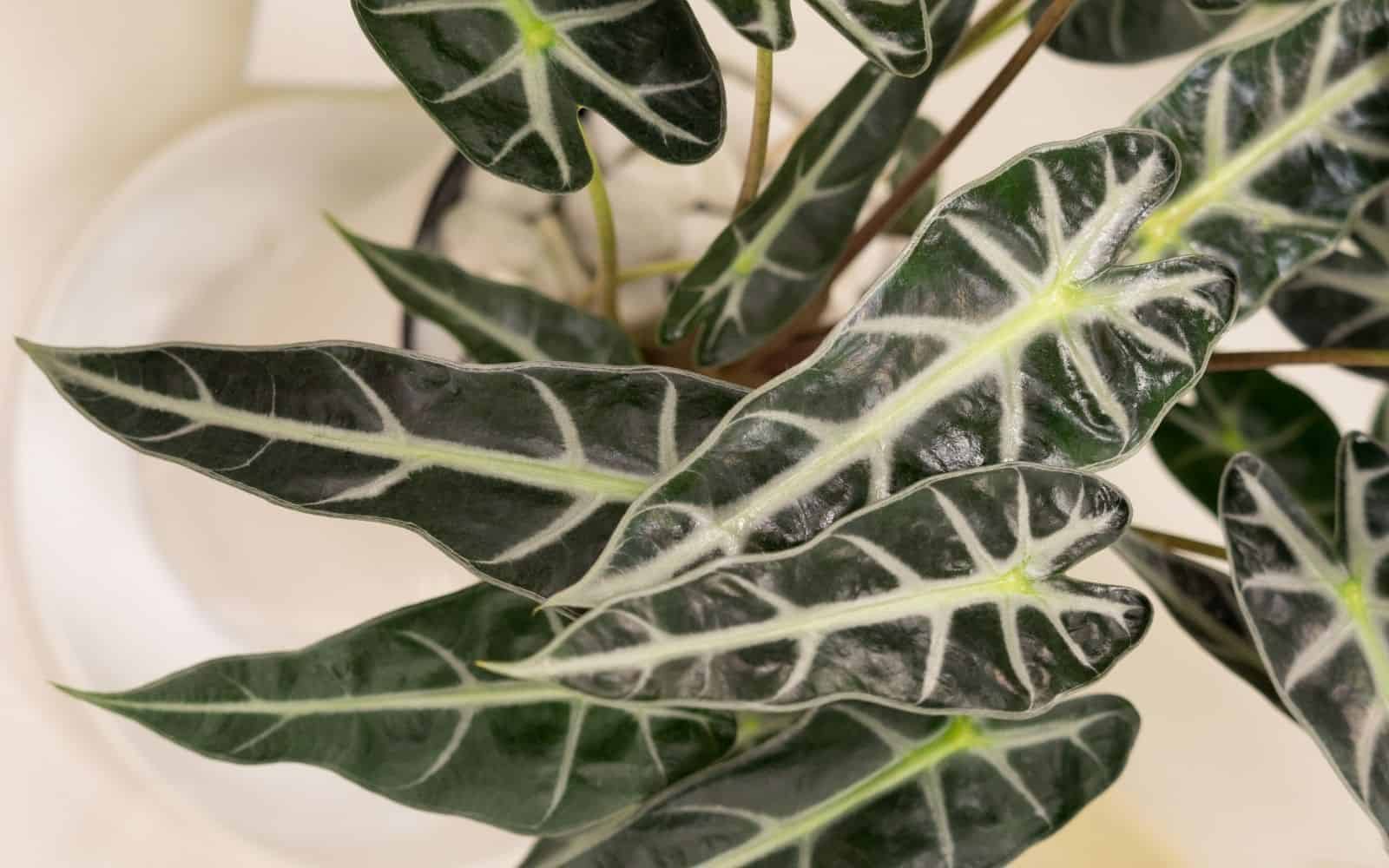
10. Alocasia
Alocasia is a tropical perennial plant that has large heart-shaped leaves. It is sometimes called Elephant ears because of their rather large leaves. They are native to the more tropical parts of the world like southern Asia, New Guinea, parts of Australia, and the pacific islands.
Most of the Alocasia that you will find is going to be emerald green with a matte finish. It is very popular across the midwest. There has been a resurgence of other types being found throughout the United States. They can be as small as 8 inches or as tall as 9 feet tall. Most, however, are within the 3 to 5-foot range. They need bright light and soil that drains well. They start growing in the spring, so make sure to water them enough when they start to germinate.
11. Pilea
Pilea is a genus of tropical plants that includes quite a few excellent houseplant species. These plants tend to have thick succulent leaves. While these plants are tropicals, they are relatively tolerant of soil drying out between waterings if you forget. They are also quite easy to propagate at home.
All of these plants can be wonderful additions to your house. The amount of effort you put into them will directly affect how long and how big your houseplants grow. With just a little bit of effort, you should be able to have strong, healthy plants that last for a long time.
